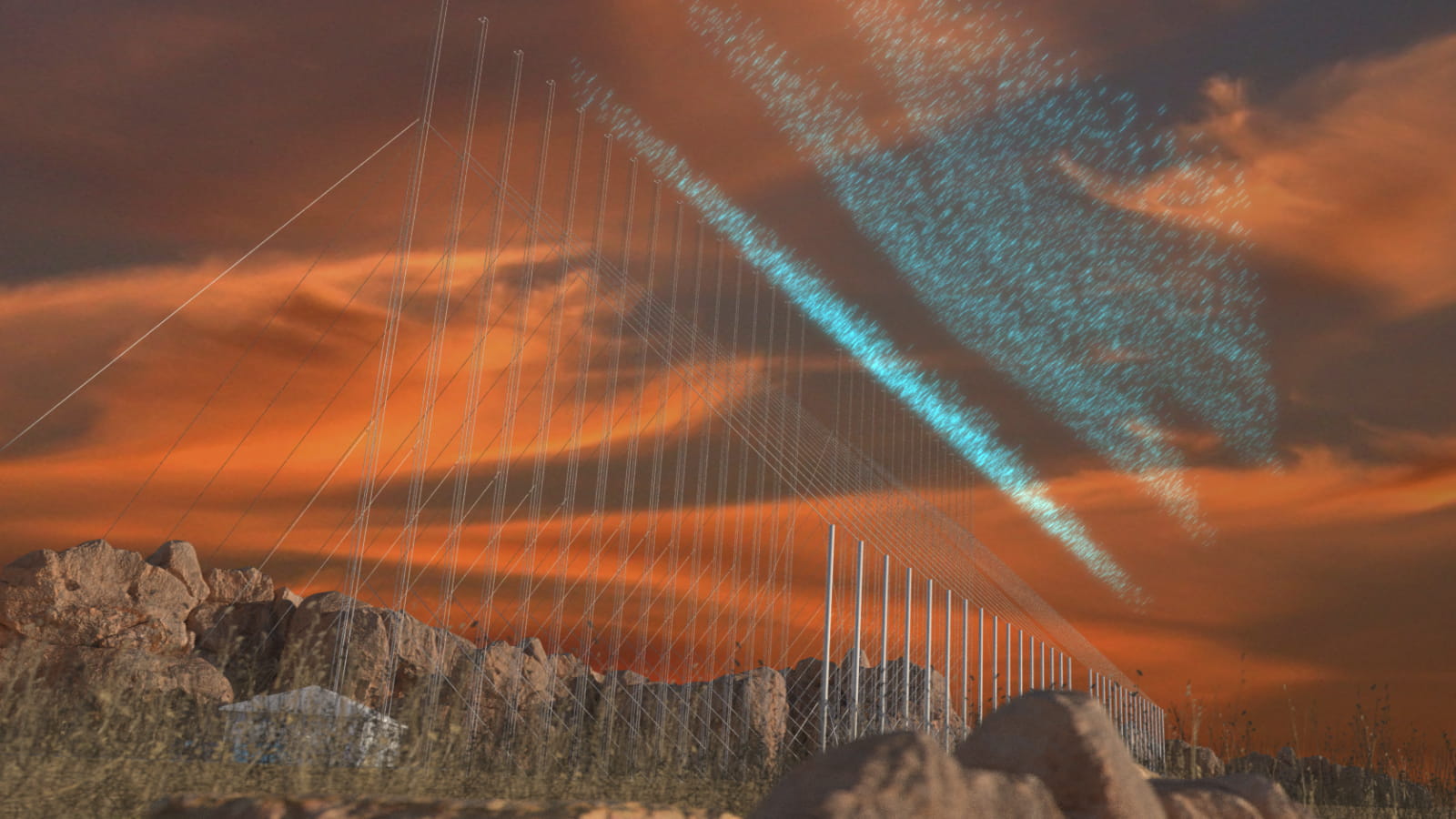REad this before dismissing itSo you will track planes using satellites? LOL!
Lets say somehow you do that in the day, what will you do at night? SAR wont work because of stealth and the fact that satellite has to move quite a bit to get enough synthetic aperture.
Okay since you do not know how shooting down air borne moving targets work. Here is a basic flow.
You detect a hostile using your scanning radars.
You track them using your scanning / firing solution radar. Tracking calculates its position, velocity (speed and direction).
You fire the missile with location you last found.
While missile is flying, you keep on tracking the target.
You update the new location of the target to missile using data link.
Eventually missile arrives near enough the target that it can use its own onboard radar to track the target and chase it. You do not need to provide any further updates.
Now, how will anyone track from 2000 KM away?

Somebody’s Watching Me: China’s New Satellite Eyes U.S. Pacific Forces
Last fall, Army Gen. James Rainey warned that, “The ability to hide, which is fundamental to how we fight, is now impossible.” That was before China launched Yaogan-41.
 www.forbes.com
www.forbes.com
Last fall, Army Gen. James Rainey warned that, “The ability to hide, which is fundamental to how we fight, is now impossible.” That was before China launched Yaogan-41.
China’s newest remote-sensing satellite ascended into geostationary orbit (GEO) on December 15, 2023. Yaogan-41, as it is called, can likely see, identify and track car-sized objects throughout the entire Indo-Pacific region. It’s an unprecedented capability that calls to mind the early 1980s pop-hit “Somebody’s Watching Me”.
It’s not clear whether Gen. Rainey, chief of the Army’s Futures Command, was aware of the impending launch of Yaogan-41 when he made the comment above but his assertion that Army (and other American) forces will be under constant surveillance in the future fits the current reality for military operations in the Indo-Pacific.
Clayton Swope, deputy director of the aerospace security project at the Washington DC-based Center for Strategic and International Studies (CSIS), has described Yaogan-41’s capabilities in a new essay entitled, “No Place to Hide”.
As Swope notes, China maintains that Yaogan-41 is a civilian high-altitude optical satellite intended for agricultural data gathering, weather forecasting, and disaster prevention.
But the country has routinely made such claims about remote-sensing satellites that are clearly intended for national security/military purposes.
Three of these (Gaofen-4, Gaofen-13, and Gaofen-13-02) are optical satellites that also view the Indo-Pacific from geosynchronous orbit. Their surveillance capabilities are believed to include optical resolution from 50 meters down to 15 meters. Yaogan-41 is believed to have resolution down to around 2.5 meters.





